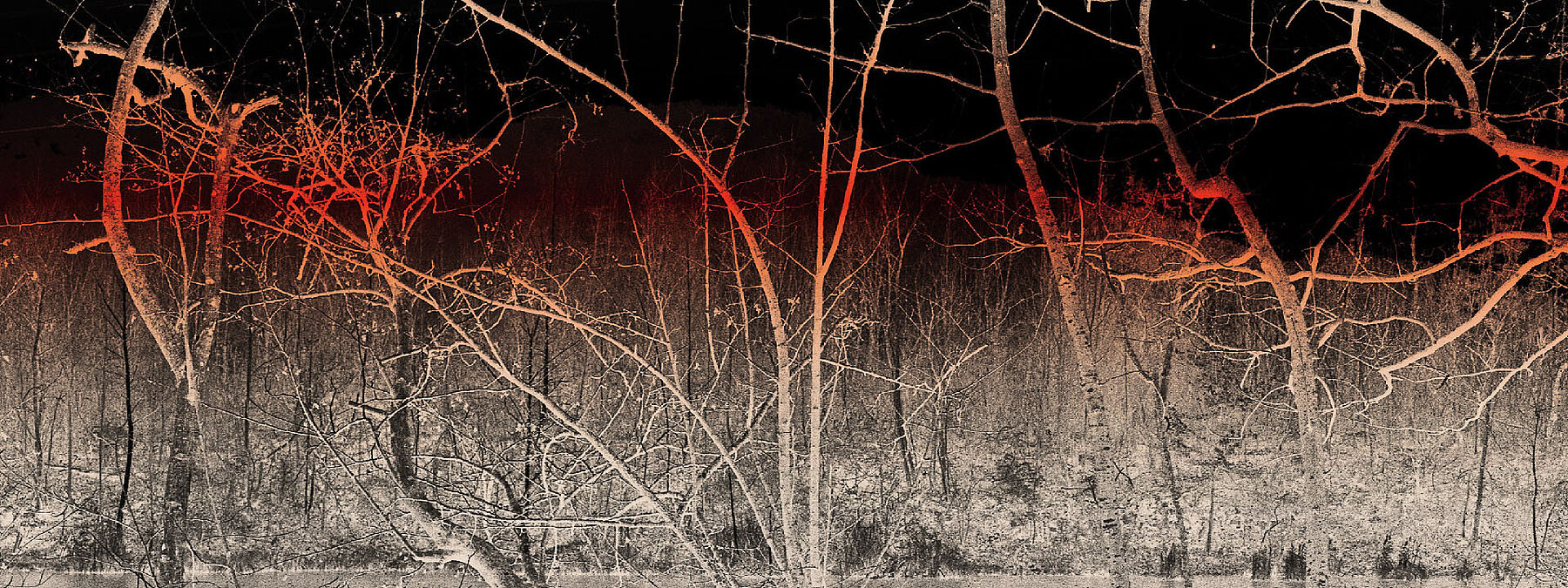Say Shibboleth!
On visible and invisible borders


An exhibition of the Jewish Museum Hohenems in collaboration with the Jewish Museum Munich.
The Exhibition
Despite talk about globalization and the international community, new border fences and walls are being erected all over the world — around states, occupied territories, and gated communities, between public and private spaces, between the legal and the illegal. Some of these borders are permeable and others fatal, some are visible and others reinforced by cultural codes, language tests, or biometric methods. Borders decide about life and death, “identity” and “otherness,” belonging and…
An exhibition of the Jewish Museum Hohenems in collaboration with the Jewish Museum Munich.
The Exhibition
Despite talk about globalization and the international community, new border fences and walls are being erected all over the world — around states, occupied territories, and gated communities, between public and private spaces, between the legal and the illegal. Some of these borders are permeable and others fatal, some are visible and others reinforced by cultural codes, language tests, or biometric methods. Borders decide about life and death, “identity” and “otherness,” belonging and exclusion.
And the Gileadites took the fords of the Jordan against the Ephraimites; and it was so, that when any of the fugitives of Ephraim said: Let me go over, the men of Gilead said unto him: Art thou an Ephraimite? If he said: Nay; then said they unto him: Say now “Shibboleth” and he said “Sibboleth”; for he could not frame to pronounce it right; then they laid hold on him, and slew him at the fords of the Jordan; and there fell at that time of Ephraim forty and two thousand. (Judges 12:5–6)
Starting from the biblical story of the Ephraimites’ escape from the victorious Gileadites and their slaughter on the banks of the River Jordan, the Jewish Museum Munich has invited international artists to critically re ect upon borders around the world.
Artists
Ovidiu Anton (Wien | Vienna) | Caroline Bergvall (London) | Zach Blas (London) | Sophie Calle (Paris) | Arno Gisinger (Paris) | Vincent Grunwald (Berlin) | Lawrence Abu Hamdan (Beirut) | Ryan S. Jeffery (Los Angeles) & Quinn Slobodian (Cambridge, Ma) | Leon Kahane (Berlin/Tel Aviv) | Mikael Levin (New York) | Fiamma Montezemolo (San Francisco) | Pınar Öğrenci (Istanbul/Berlin) | Fazal Sheikh (Zürich | Zurich)
May 29, 2019 - February 23, 2020
Project coordination: Nikolaus Hagen
Roland Stecher / Thomas Matt, atelier stecher
PUBLICATION
Despite talk about globalization and the international community, new border fences and walls are being erected all over the world—around states, occupied territories, and exclusive gated communities, and between public and private spaces. Some of these borders are visible and others reinforced by language tests or biometric methods. Borders decide about life and death, “identity” and “otherness,” belonging and exclusion. They decide on a person’s right to move from one place to another, or whether they are even allowed to be at a certain place at all.
With contributions by:
Lawrence Abu Hamdan, Francis Alÿs, Emily Apter, Zach Blas, Sophie Calle, Arno Gisinger, Zali Gurevitch, Vincent Grunwald, Gabriel Heim, Katarina Holländer, Ryan S. Jeffery, Leon Kahane, Boaz Levin, Mikael Levin, Hanno Loewy, Fiamma Montezemolo, Pinar Öğrenci, Selim Özdogan, Anton Ovidiu, Anika Reichwald, Fazal Sheikh, Quinn Slobodian, Frances Stonor Saunders, Najem Wali, and Marina Warne.